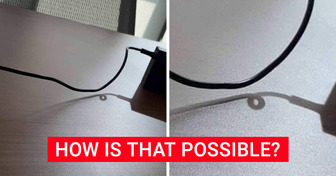15 Celebrities Whose Spouses Fly Under the Radar, and Even Hardcore Fans Might Not Have Seen Them

Raising kids is, of course, joyful at times and rewarding as well, but most of the time it is also draining and takes a lot of sacrifices. And while people with kids will say that their children are their love and pride, studies have shown that their emotional well-being is lower than that of those without kids. Of course, that can be temporary until babies grow a bit older and you can have verbal communication with them. That’s why we thought we’d give you some practical advice that might make your job as a parent a bit easier.
Crying isn’t the only way your baby tries to communicate with you. Pay attention to your baby’s body language. Clenched fists could indicate that your baby is stressed or hungry. Repeated kicking suggests your baby might want to play. Even something like pulling on their ears could suggest they are starting to teethe.
If your baby is acting fussy, all you need to do is remind them of a happier time, that of the womb. This can include swaddling, swinging, holding babies on their sides, and even allowing them to suck their thumb. After all, babies suck their thumbs to relax in the womb in the first place! Just remember, nobody grows out of being nostalgic.
A variety of slings and special carriers are great for helping parents, allowing them to go hands-free. But not everyone knows that these devices can be harmful if the baby is placed in them incorrectly. The kid shouldn’t be in a standing position when the pressure is on their butt and hip joints. The pressure should be evenly distributed on all parts of the spine with the neck fixed.
The straightening of the spinal arch and asymmetrical arrangement are unacceptable. Mistakes in the baby’s positioning can lead to the flattening of the intervertebral discs, pelvic issues, and other serious disorders in the baby.
It is unacceptable to lift children by their hands, forearms, or under the armpits. The ligamentous apparatus of a small child is weak. Such games can result in a subluxation of the radial head, which will limit the mobility of the joint or the kid might end up getting raised shoulders in the future.
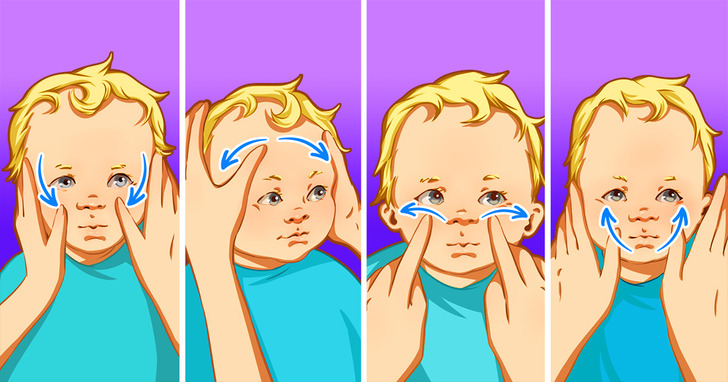
Gently use your finger pads to softly massage your baby’s face, using small movements. Start with your thumbs above your baby’s mouth and stroke downward toward the jaw. Repeat from the center of the chin toward the jaw. Next, you can bring your thumbs down from above the temples toward their nose and across their forehead.
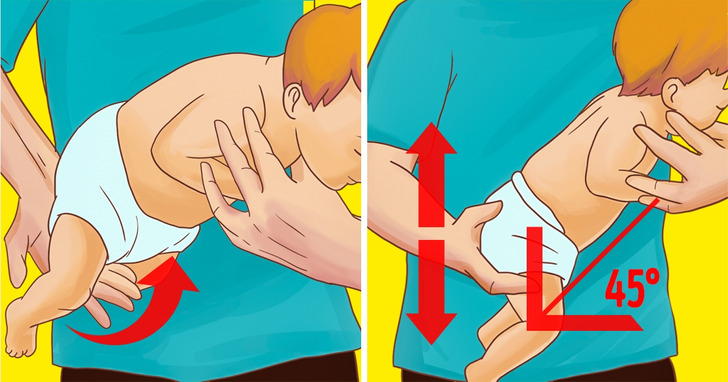
This unusual technique by Dr. Robert Hamilton can save you time in your attempts to calm your baby. The idea is to “swaddle” the little one with your arms and rock them this way. It’s very simple and every parent can try it.
Here’s what you need to do:
The only drawback of this method is that babies after the age of 3 months become too heavy to hold like this.
The idea that having babies listen to music will make them smarter, also known as the Mozart Effect, is probably nothing more than an old wives’ tale, but letting your baby listen to music likely has some benefits. Listening to music can help your baby stay calm.
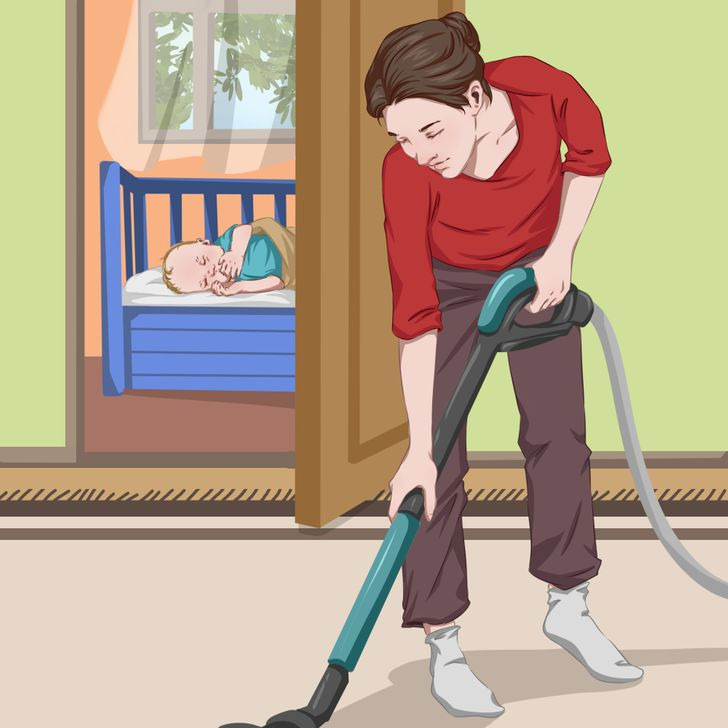
Contrary to what you may think, some babies are relaxed by the noises and vibrations around them. So doing chores, like vacuuming, and other things that generally make noise may help them to finally drift off to sleep. You can also try using ambient noises, like a fan in the same room as them, since the rhythmic swooshing noise can also help to relax them to sleep.
Of course, you should be careful to keep the volume to a minimum and not vacuum next to them to protect their hearing.
A lot of parents swear by one rule: Never wake up a sleeping baby. However, if your baby is sleeping past the next feed time or hasn’t eaten in the last 3 hours, it’s perfectly okay to wake the baby up! This will not only get your baby into the right sleep routine, but also make sure there are no fussy evenings.
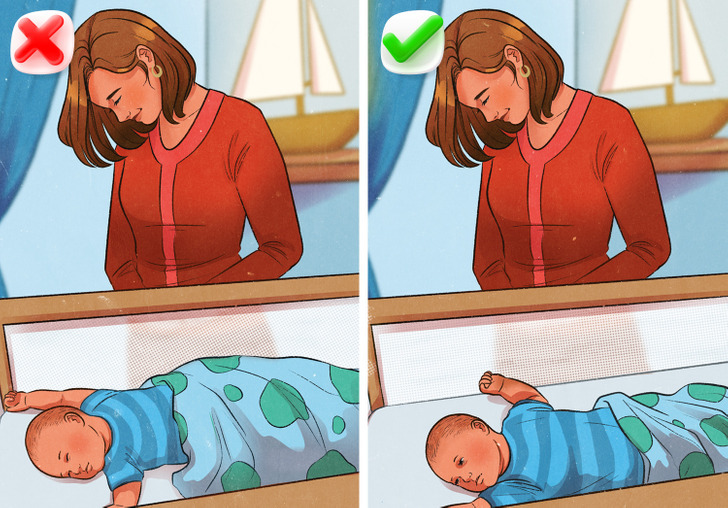
We all have a tendency to wake up in the middle of the night, even our babies. If your baby is asleep and you put them in the crib, they may start waking up during the night because they won’t be able to recognize their surroundings. Then they will need some soothing to get back to sleep.
The solution is to put them in the crib while they are semi-awake and dozy. Not only will this prevent you from waking up in the night, but it may also teach your baby to soothe themselves to sleep.
Teaching your baby that night is for sleep can be a huge task. However, if your baby understands this one earthly rule, your life is pretty much figured out! Plan your baby’s nighttime schedule and live by it.
Using dimmers in the lamps and lights in your house will signal to your baby that it’s time to sleep and regulates your baby’s circadian rhythm.
What is the hardest thing about being a parent and how do you manage to get over everyday difficulties?




